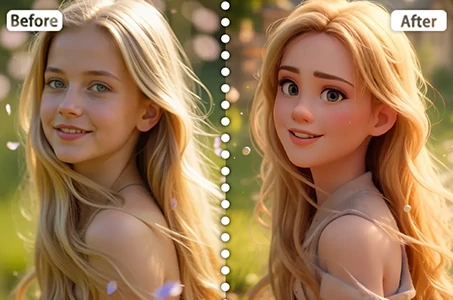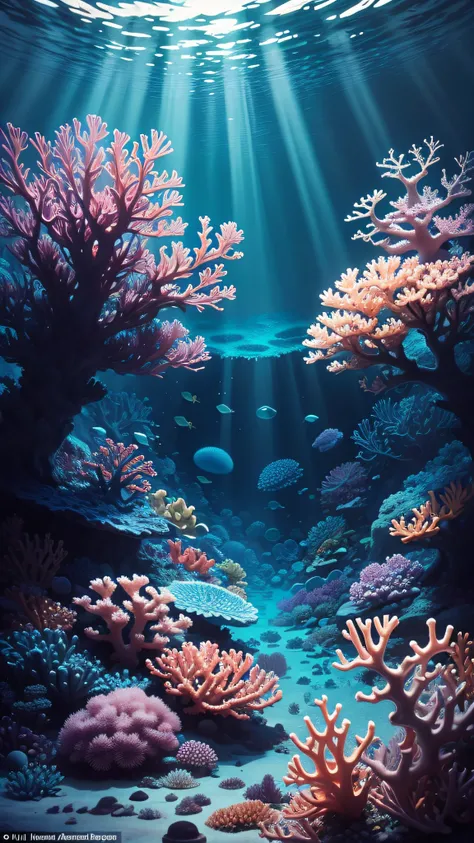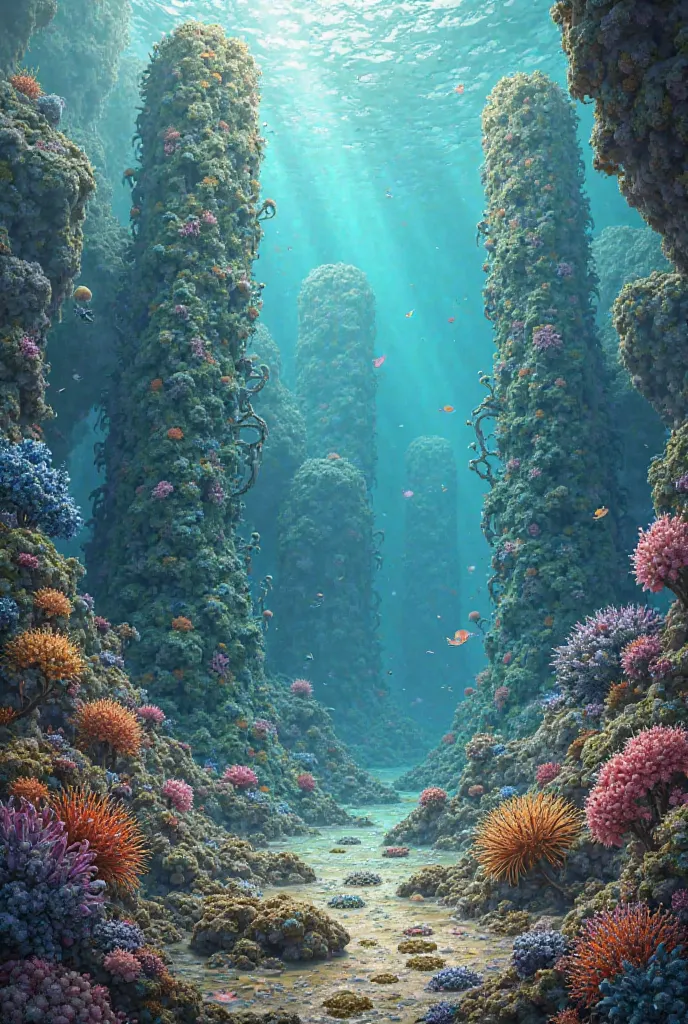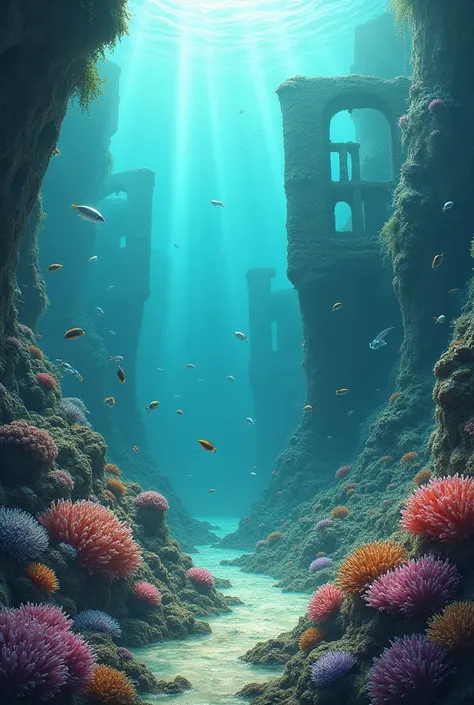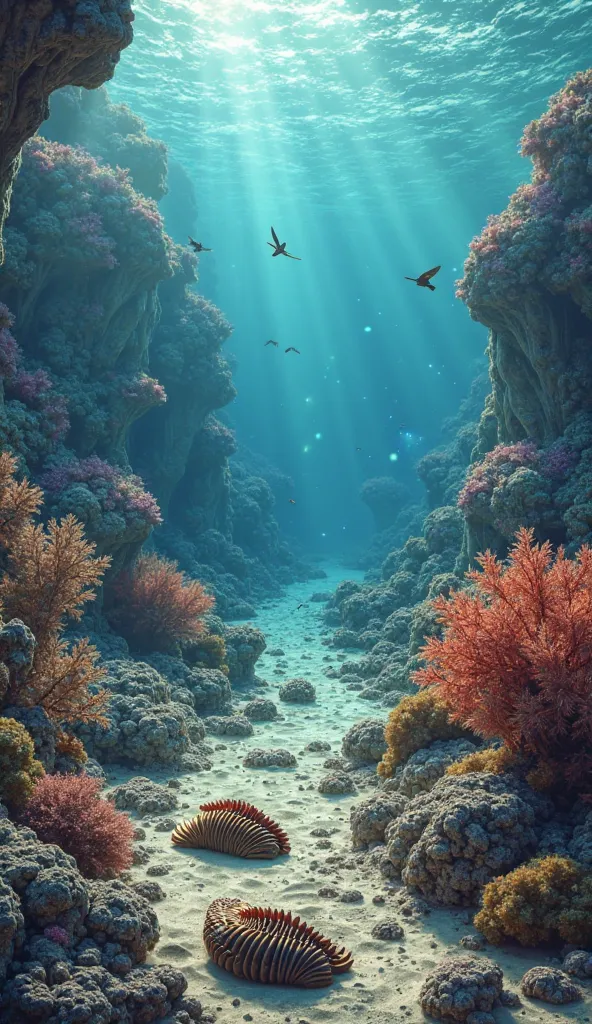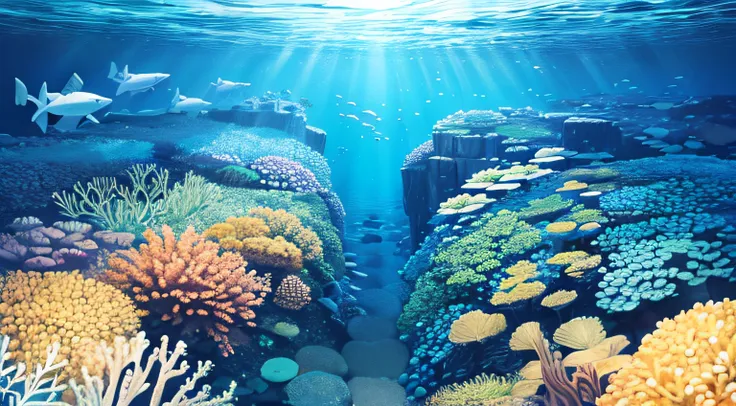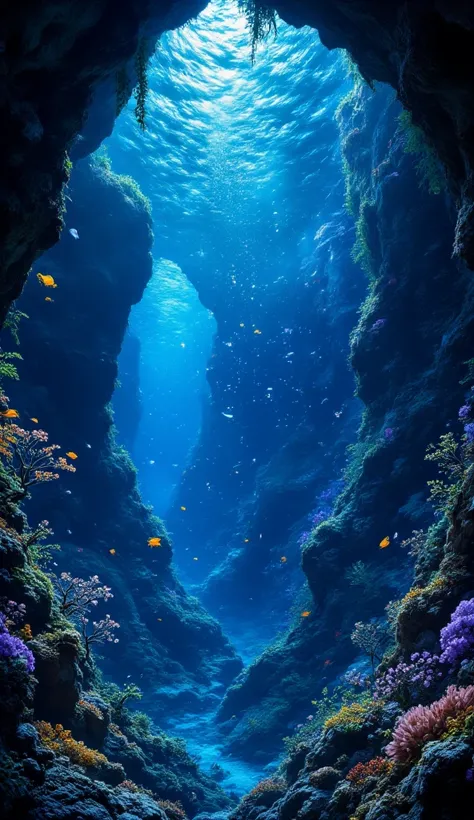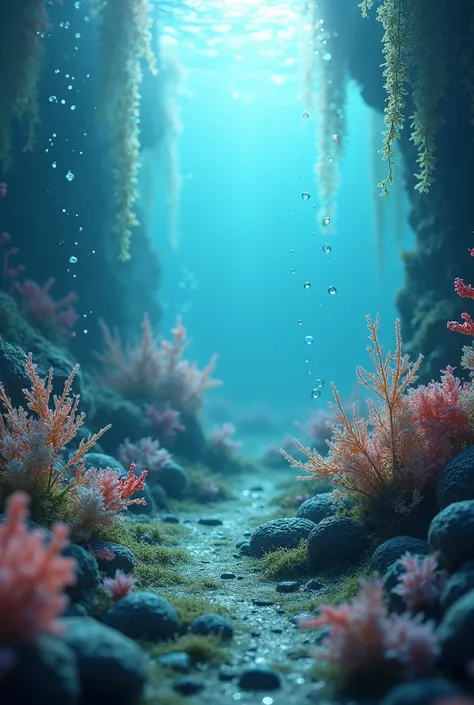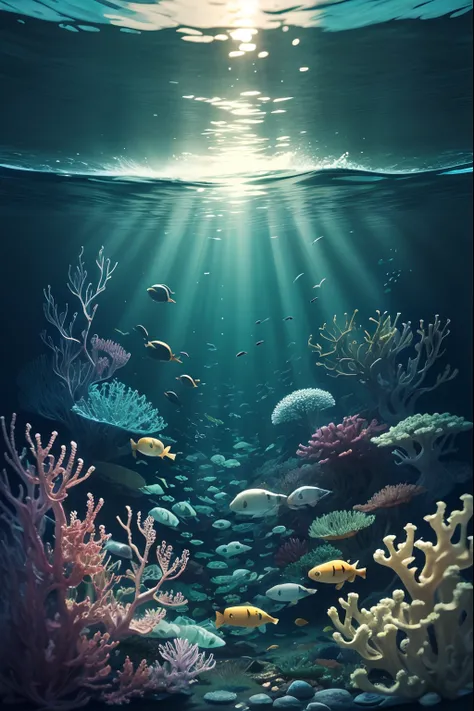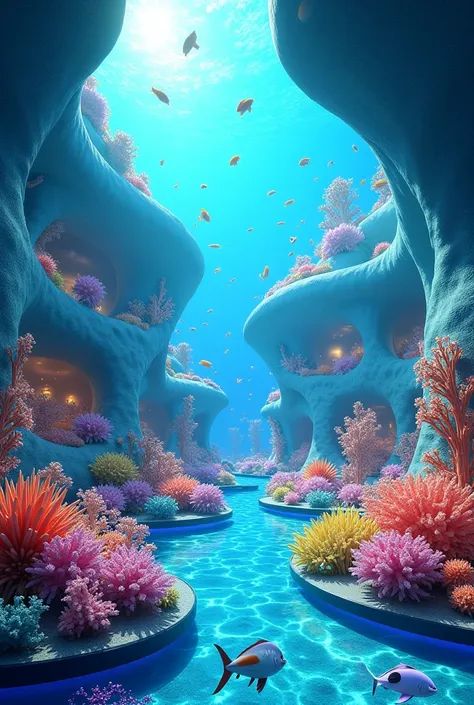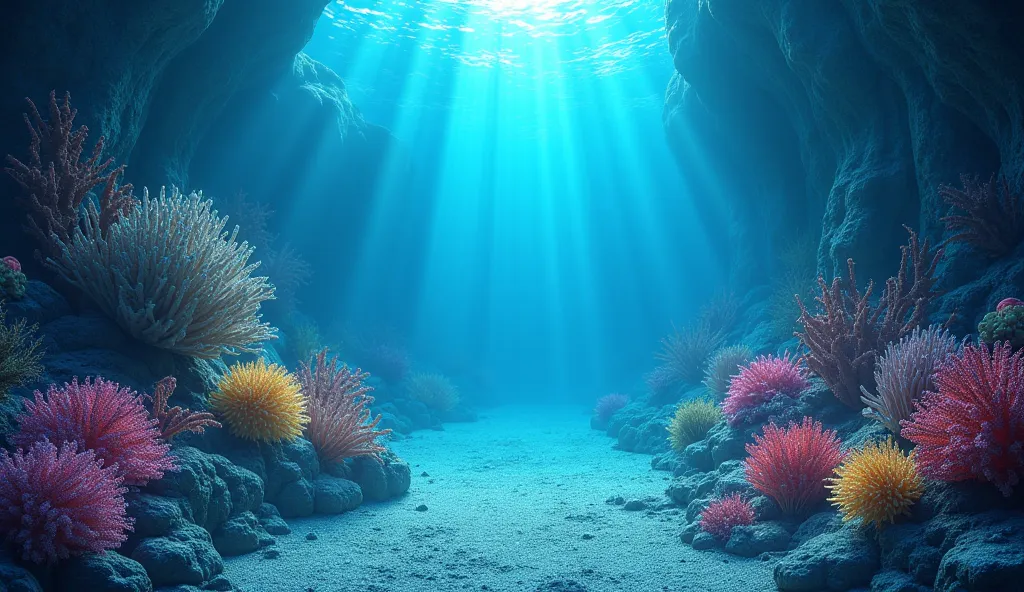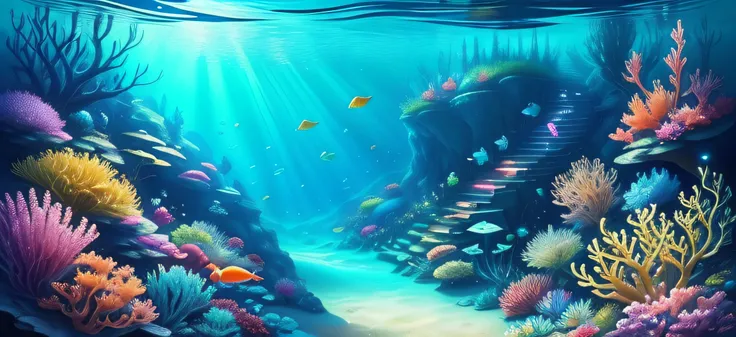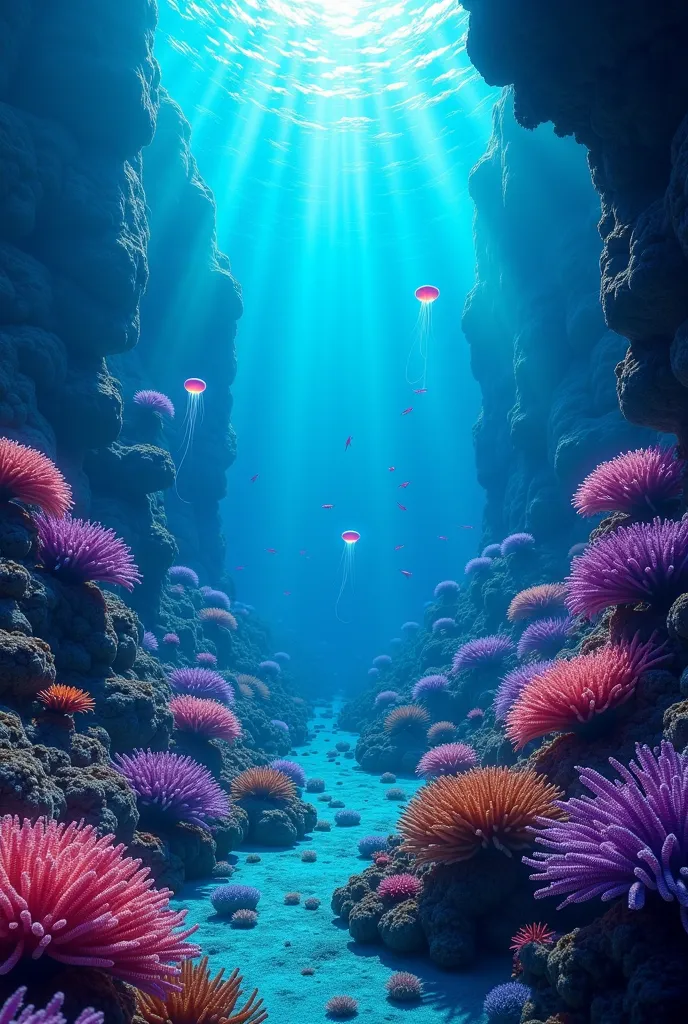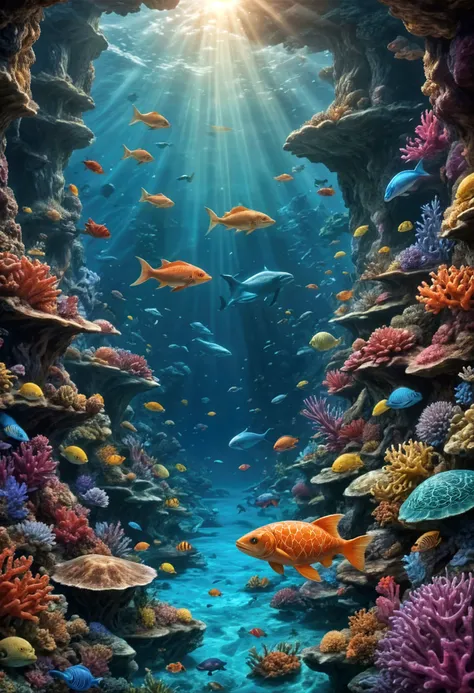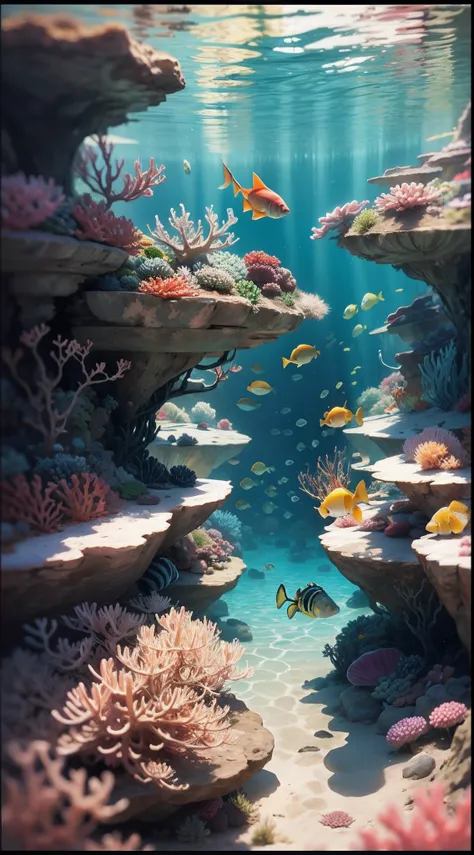Location and Extent: Coastal Zones: In areas near the coast
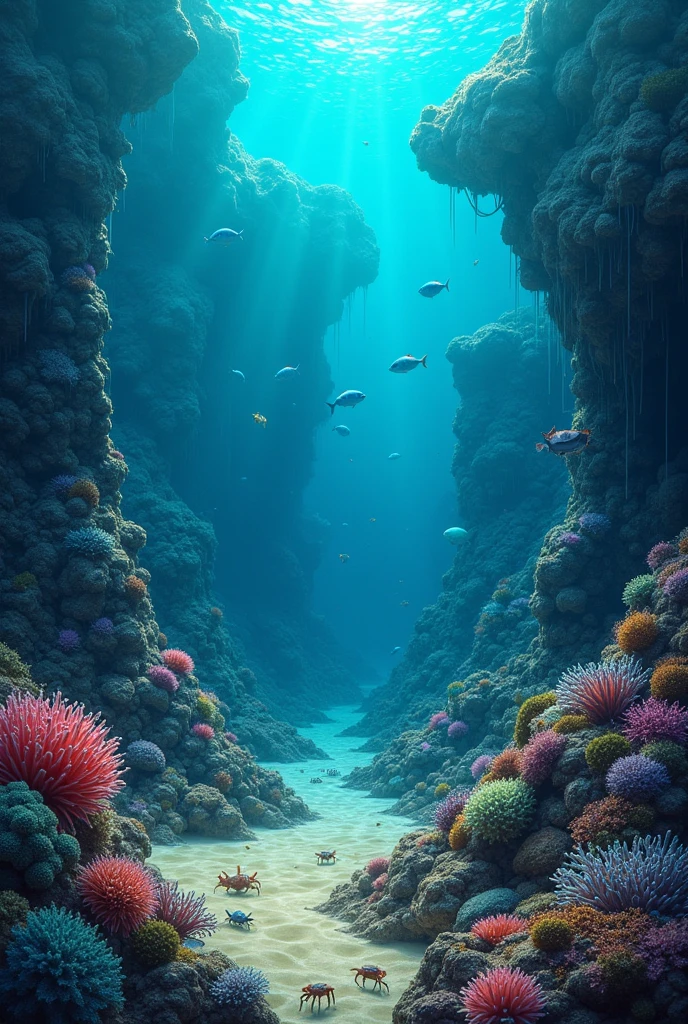
Location and Extent: Coastal Zones: In areas near the coast, the benthic environment includes sandy bottoms, Rocky, and Muddy. These bottoms are influenced by sunlight, which allows the existence of algae and marine plants. Ocean Depths: In the deepest zones, known as abyssal and hadal zones, the seabed is almost completely dark, with extremely cold temperatures and high pressure. Soil Composition: Sandy and Muddy Bottoms: On the coasts and continental shelves, the bottom can be composed of sand, limo, and Mud, where organisms like worms are found, molluscs, y crabs. Rocky Bottoms: In areas where there are underwater mountains or rocky formations, corals develop, Sponges, and other organisms that attach to rocks. Benthic Marine Life: Sessile Organisms: Many benthic organisms, like Corals, Sponges, and Anemones, are fixed to the ground and depend on ocean currents for nutrients. Motile Fauna: Other Organisms, like starfish, Sea Urchins, crabs, and benthic fish, they move across the bottom in search of food. bioluminiscencia: In the depths, some organisms, like fish and squid, they have the ability to produce light through bioluminescence, which helps them attract prey or communicate. Environmental Conditions: light: In the deepest zones, sunlight does not reach, which forces organisms to adapt to total darkness. In shallower areas, sunlight allows the growth of algae and plants. temperature: Temperatures range from warm in coastal areas to extremely cold in the abyssal depths. pressure: As you descend into the ocean, pressure increases significantly, which affects the structure and survival of organisms.
Generation Data
บันทึก
คำพรอมต์
คัดลอกคำพรอมต์
Location and Extent:
Coastal Zones: In areas near the coast
,
the benthic environment includes sandy bottoms
,
Rocky
,
and Muddy
.
These bottoms are influenced by sunlight
,
which allows the existence of algae and marine plants
.
Ocean Depths: In the deepest zones
,
known as abyssal and hadal zones
,
the seabed is almost completely dark
,
with extremely cold temperatures and high pressure
.
Soil Composition:
Sandy and Muddy Bottoms: On the coasts and continental shelves
,
the bottom can be composed of sand
,
limo
,
and Mud
,
where organisms like worms are found
,
molluscs
,
y crabs
.
Rocky Bottoms: In areas where there are underwater mountains or rocky formations
,
corals develop
,
Sponges
,
and other organisms that attach to rocks
.
Benthic Marine Life:
Sessile Organisms: Many benthic organisms
,
like Corals
,
Sponges
,
and Anemones
,
are fixed to the ground and depend on ocean currents for nutrients
.
Motile Fauna: Other Organisms
,
like starfish
,
Sea Urchins
,
crabs
,
and benthic fish
,
they move across the bottom in search of food
.
bioluminiscencia: In the depths
,
some organisms
,
like fish and squid
,
they have the ability to produce light through bioluminescence
,
which helps them attract prey or communicate
.
Environmental Conditions:
light: In the deepest zones
,
sunlight does not reach
,
which forces organisms to adapt to total darkness
.
In shallower areas
,
sunlight allows the growth of algae and plants
.
temperature: Temperatures range from warm in coastal areas to extremely cold in the abyssal depths
.
pressure: As you descend into the ocean
,
pressure increases significantly
,
which affects the structure and survival of organisms
.
ข้อมูล
Checkpoint & LoRA

Checkpoint
SeaArt Infinity
#Landscape
#Scene Design
#SeaArt Infinity
0 ความคิดเห็น
1
0
0







